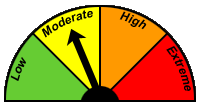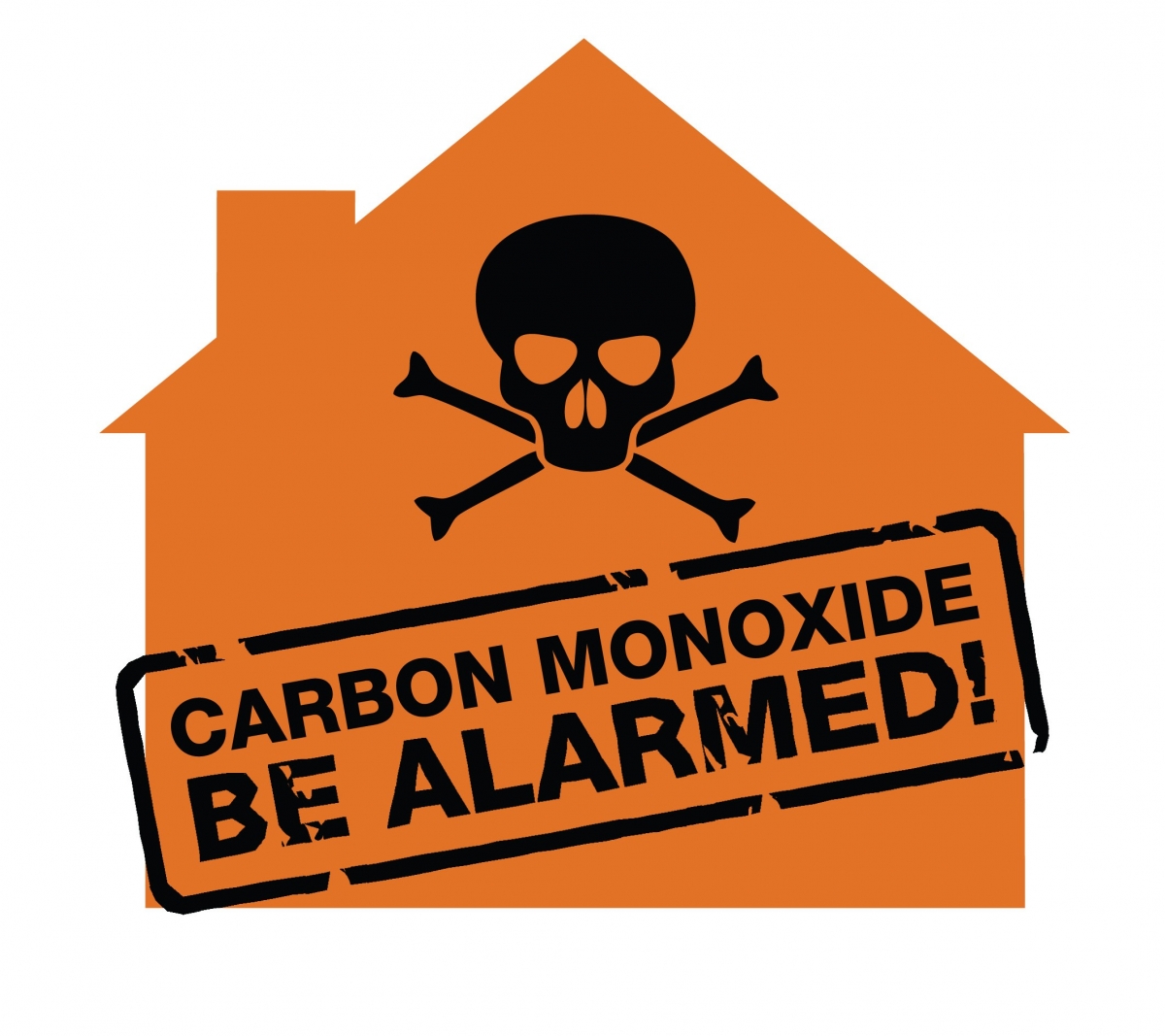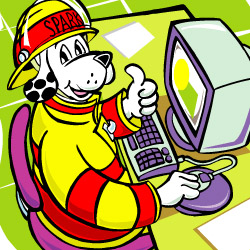Important!
People can survive even major fires in their homes if they are alerted to the fire and get out quickly – and stay out!
How To Survive
- Install smoke detectors and keep them in working order.
- Make an escape plan and “practise” it.
- If your smoke detector is more than 10 years old, it may need to be replaced.
Plan Your Escape
Once a fire has started, there is no time to plan how to get out. Sit down with your family today, and make a step-by-step plan for escaping a fire.
-
Draw a floor Plan of your Home, marking two ways out of every room – especially sleeping areas. Discuss the escape routes with every member of your household.
- Agree on a Meeting Place, where every member of the household will gather outside your home after escaping a fire to wait for the fire department. This allows you to count heads and inform the fire department if anyone is missing or trapped inside the burning building.
- Practise your escape plan at least twice a year. Have a fire drill in your home. Appoint a monitor, and have everyone participate. This is not a race. Get out quickly, but carefully.
Make Your Exit Drill Realistic
Pretend that some exits are blocked by fire, and practice alternative escape routes, Pretend that the lights are out and that some escape routes are filling with smoke.
Be Prepared
Make sure everyone in the household can unlock all doors and windows quickly, even in the dark. Windows or doors with security bars need to be equipped with quick-release devices, and everyone in the household should know how to use them.
If you live in an apartment building…
Use stairways to escape. NEVER use an elevator during a fire. It may stop between floors or get stuck. Some
high-rise buildings may have evacuation plans that require you to stay where you are and wait for the fire
department.
If you live in a multi-storey house…
If you must escape from an upper storey window, be sure there is a safe way to reach the ground, such as a
fire-resistant fire escape ladder. Make special arrangements for children, older adults and people with
disabilities. People with mobility challenges should have a phone and, if possible, sleep on the ground floor.
Test doors before opening them
While kneeling or crouching at the door, reach up as high as you can and with the back of your hand touch
the door, the knob, and the crack between the door and its frame. If you feel any warmth at all, use another escape route. If the door feels cool, open it with caution. Put your shoulder against the door and open it slowly. Be prepared to slam it shut if there is smoke or flames on the other side. Close it behind you as you leave.
If you are trapped…
Close all doors between you and the fire. Stuff the cracks around the doors to keep out smoke. Wait at a
window and signal for help with a flashlight or by waving a light-coloured cloth. If there is a phone in the room, call the fire department and report exactly where you are.
GET OUT FAST !!!
In case of a fire, don’t stop for anything. Do not try to rescue possessions or pets. Go directly to your
meeting place, and then call the fire department from a neighbor’s phone, a portable phone, or an alarm box. Every member of your household should know how to call the fire department.
Crawl low under smoke
Smoke contains deadly gases and heat rises. During a fire, cleaner air will be near the floor. If you encounter smoke when using your primary exit, use an alternative escape route. If you must exit through smoke, crawl on your hands and knees, keeping your head 30 – 60 centimeters (12 to 24 inches) above the floor.
AND STAY OUT !!!
Once you are out of your home, don’t go back for any reason. If people are trapped, the firefighters have the best chance of rescuing them. Firefighters have the training, experience and protective equipment needed to enter burning buildings.
Play it Safe
Install Smoke Detectors: With smoke detectors, your risk of dying in a home fire is cut nearly in half. Install smoke detectors outside every sleeping area and on every level of your home, including the basement. Follow installation instructions carefully, and test smoke detectors monthly. Change all smoke detector batteries every 6 months when the clocks are changed. If your detector is more than 10 years old, replace it with a new one.
Automatic fire-sprinkler systems: These systems attack a fire in its early stages by spraying water only on the area where the fire has begun. Consider including sprinkler systems in plans for new construction and installing them in existing homes.
Important!
NOW, use what you’ve learned, SET UP YOUR PLAN, including two ways out, a meeting place and CONDUCT A PRACTICE DRILL to determine if anything has been overlooked. EVERYONE in the household NEEDS TO PARTICIPATE for it to be successful. It may SAVE YOUR LIFE!



